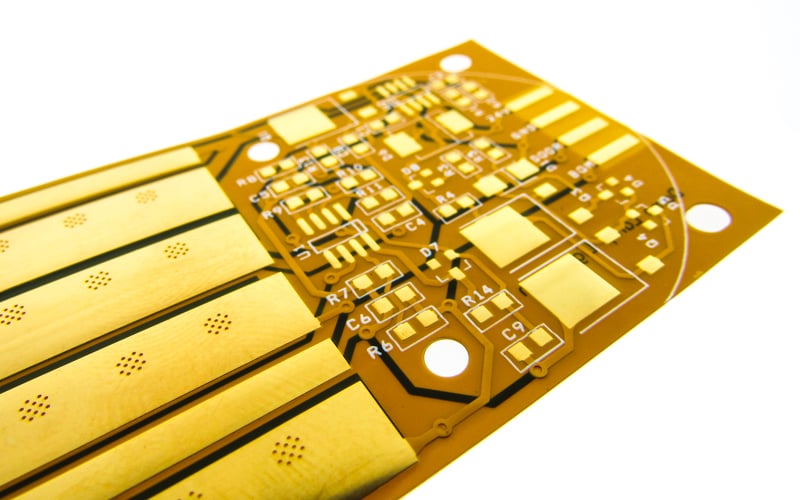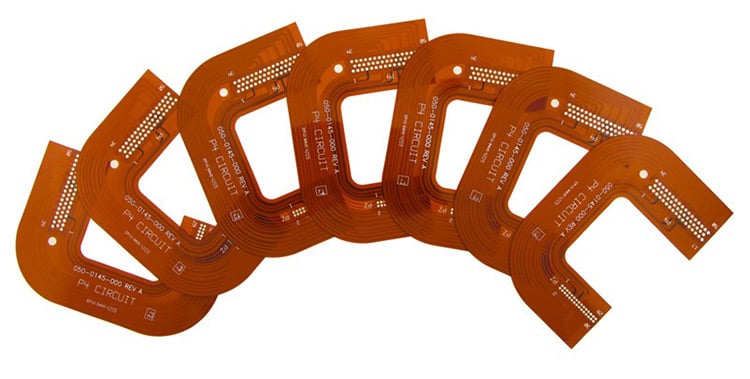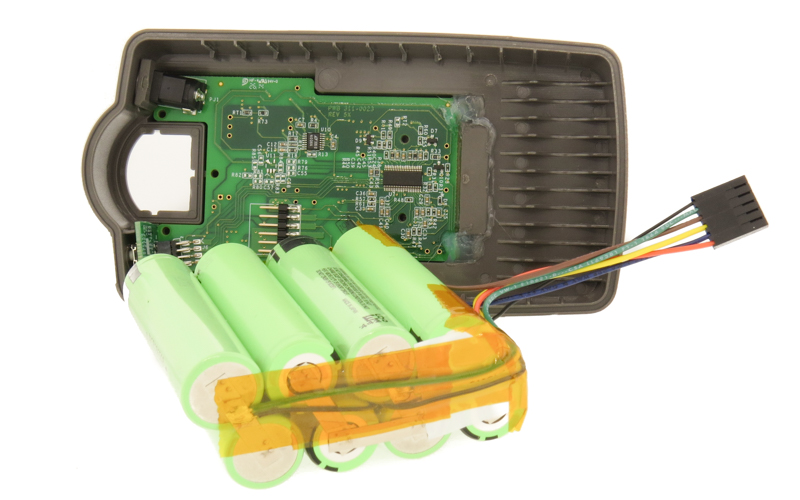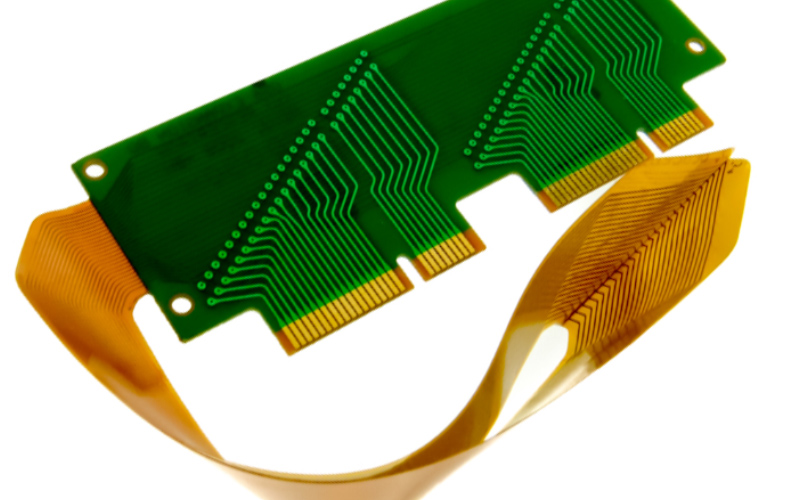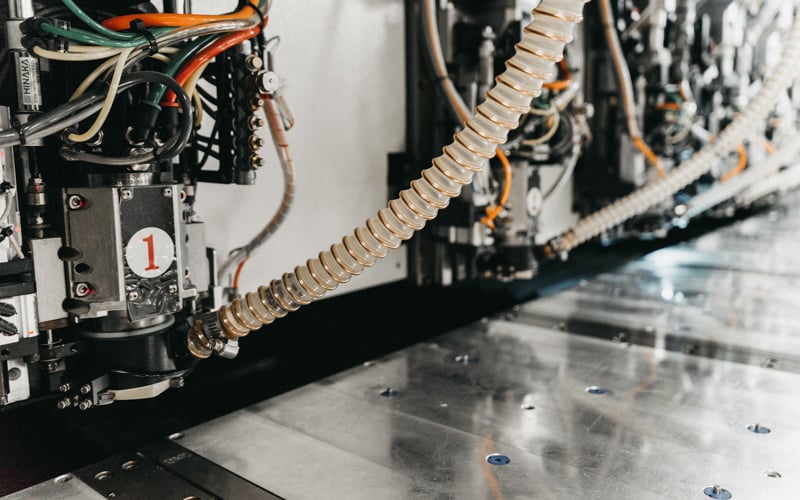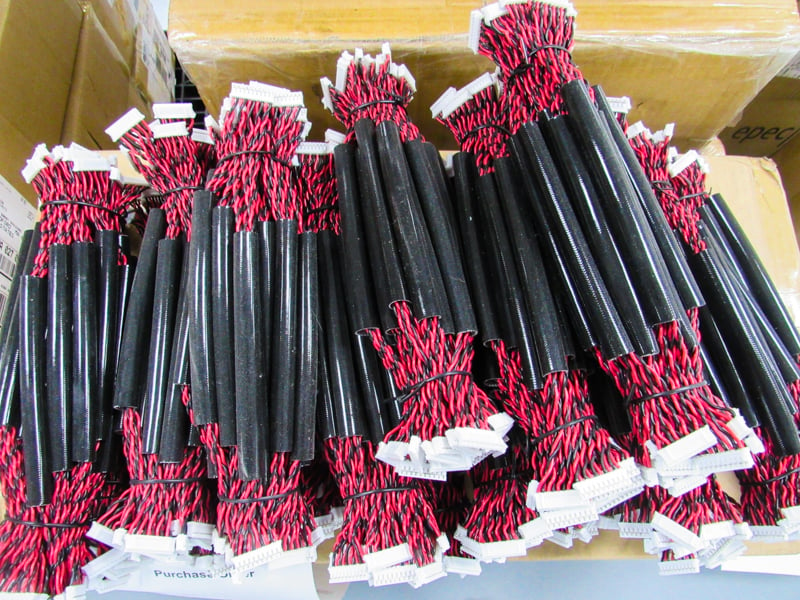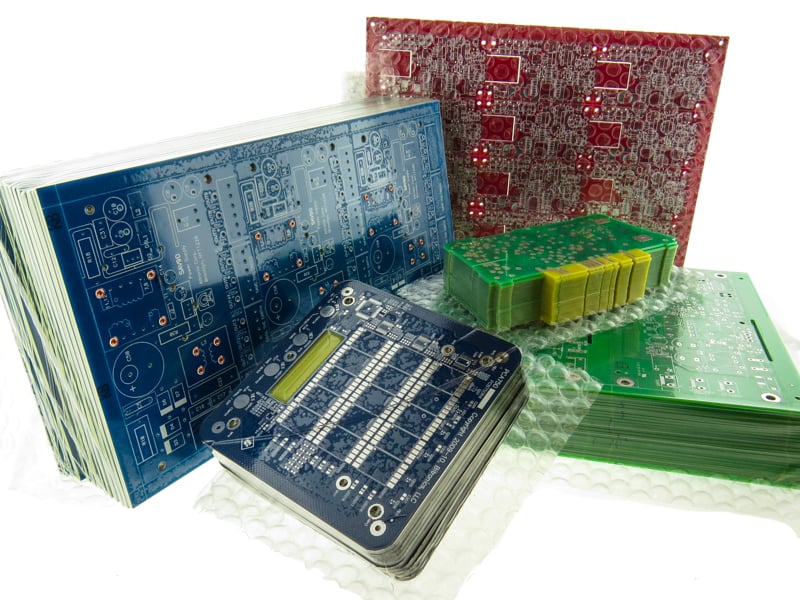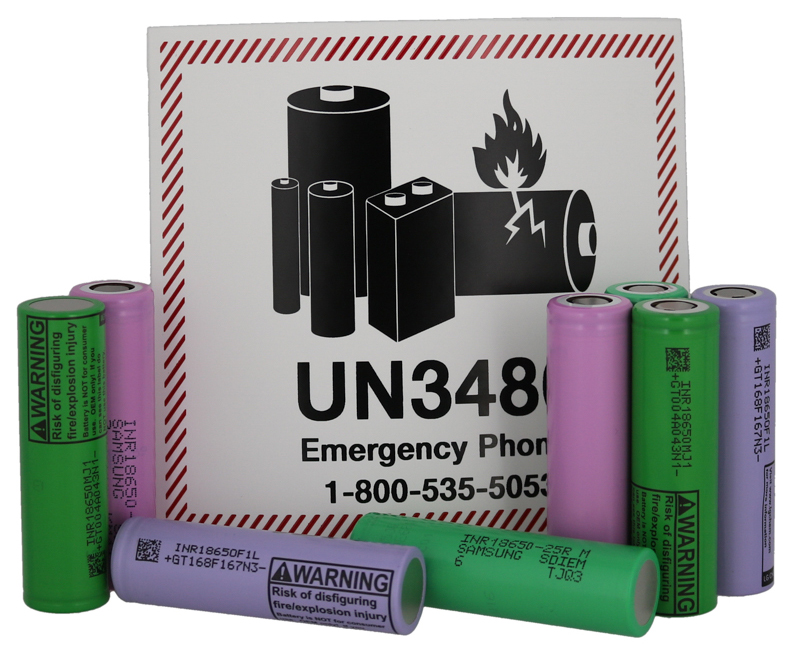Cable assemblies are needed across various industries and are utilized in goods that include consumer electronics, industrial products, mil areo, and even medical devices. Low cost does not mean low quality; in fact, low-cost cables are qualified for use on many high-reliability applications.
Many flexible circuit board applications require designs to be exposed to and or operate continuously at elevated temperatures well beyond that of standard room temperature. These requirements are above and beyond the requirements of component or connector assembly.
Specific to medical devices, handheld electronics, rack-mounted equipment, and other instrumentation utilize membrane switches as a low-cost and high-reliability solution for keypad and button technologies. There are countless button and switch options available for the plethora of design requirements that exist. Medical professionals use these buttons as the primary way to interface and operate the device.
There are a very wide variety of materials available to construct a flexible circuit. The materials range from different types of copper, copper thicknesses, core/coverlay and adhesive thicknesses, adhesive types, stiffener types and thicknesses, PSAs, shielding films, flexible soldermask colors, etc. Inadvertently specifying unique or non-standard materials can result in significant delivery delays as they may not be standard stock at either the manufacturer or the supplier.
Battery power requirements involve many factors. Beyond having enough power to run the application, customers also take into consideration battery capacity, charging/discharging rates, and environmental conditions that could impact the battery's functions. Before the battery packs development starts, there are other aspects about the power requirements that need to be evaluated. These aspects may impact the size of the battery, if there are any logistical restrictions that come into play and what types of certifications are required.
Advancing technology has impacted rigid-flex PCB designs in the same manner as rigid printed circuit boards. Increasing interconnect requirements and smaller form factors require higher circuit densities and increased layer counts. The impact of these elements on rigid-flex circuit designs is potential reliability issues both electrically and mechanically.
Printed circuit boards (PCBs) require holes to be drilled through or partially through laminate materials. These holes are used to create continuity between the top and bottom or to a mid-layer on the PCB. The holes allow traces, pads, and copper polygons to be connected throughout the different layers of the board.
Emerging from the COVID-19 pandemic has been especially challenging for many electronics manufacturers. As the world’s production flood gates opened, deliveries that were on hold for the past year are now being asked to be rushed and pulled ahead.
As our world continues to evolve to an online buying market for everything for our homes, schools, and offices, you may have noticed in some cases, the quality is not exactly what you thought you saw and bought online. We have all had that men’s XL shirt we bought for dad’s birthday arrive only to fit our 7-10-year-old, or the gift for Christmas arriving in January. Is it cost vs. quality, convenience vs. going out shopping, or is it the ongoing COVID-19 situation?
Applications with high-power needs and complex systems may use lithium batteries to operate. Lithium batteries can pack a high-energy density into smaller pack sizes, making them lightweight and small enough to be used in common everyday products such as cell phones, laptops, tablets, and hoverboards. However, the battery's chemistry can create safety hazards when not being constantly monitored.


